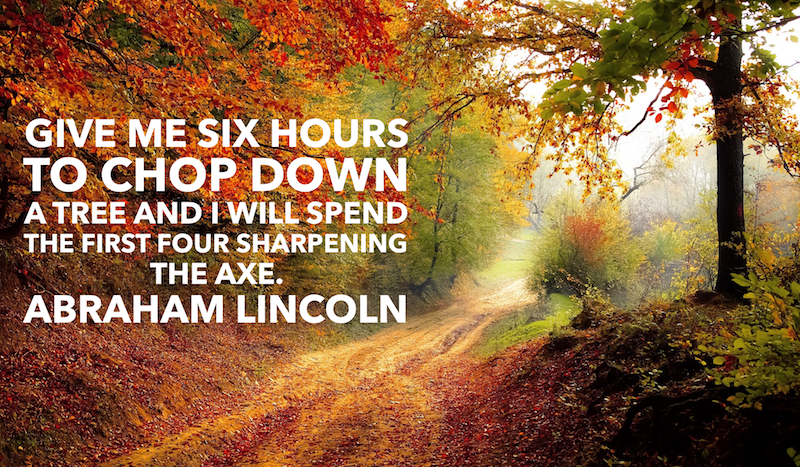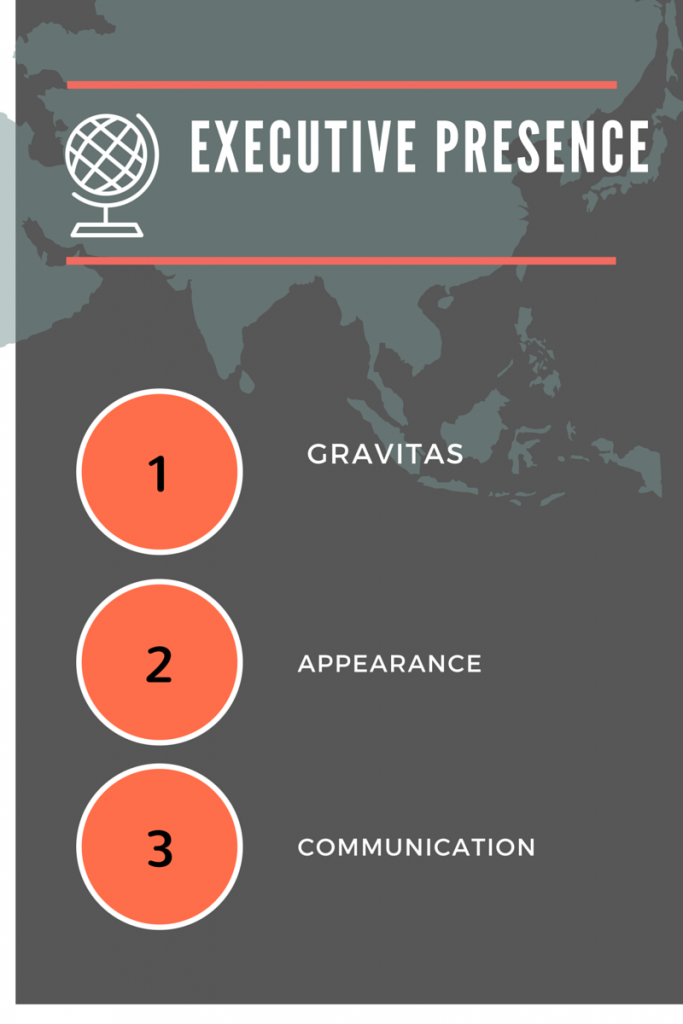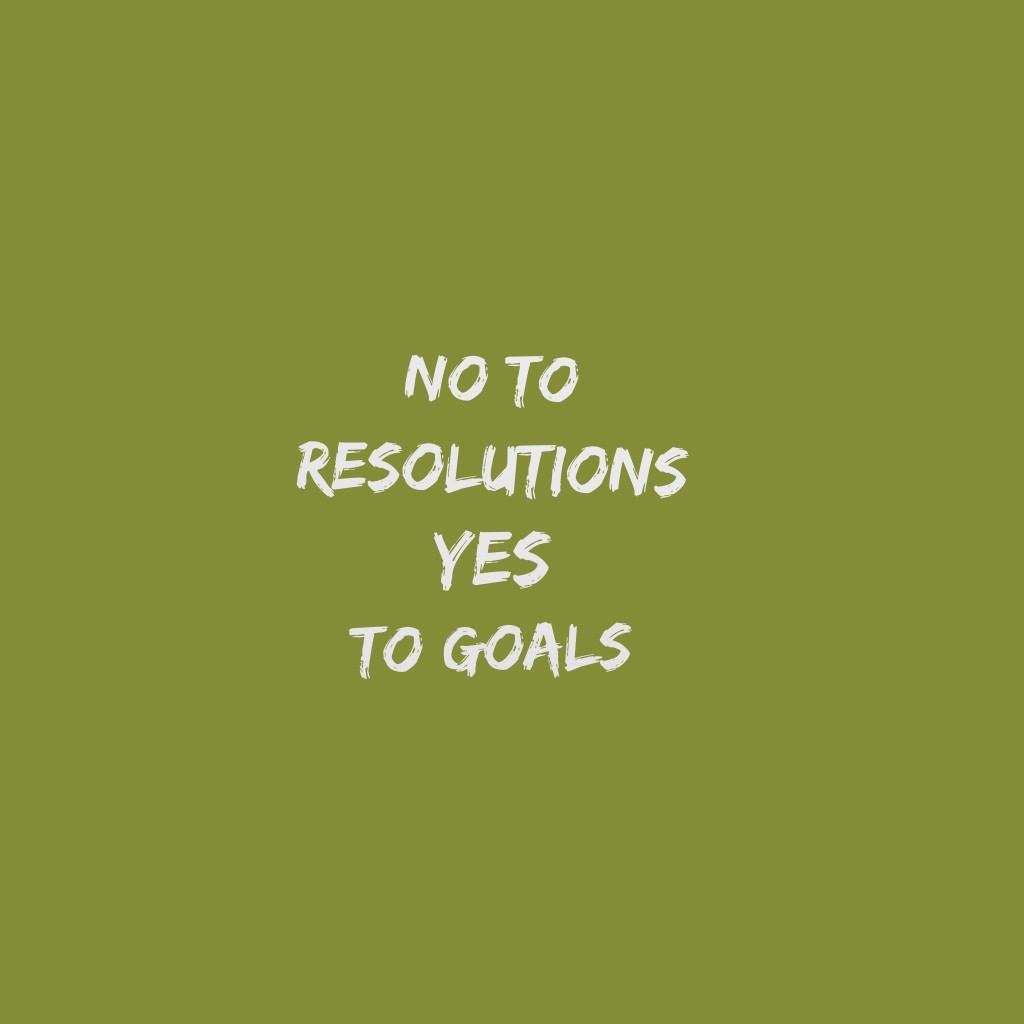Prepare, prepare, prepare.
That’s what any communications expert will say if you ask them the one tip they have to help you ace a presentation.
As you read this you may be a novice at delivering presentations. Or you may have delivered a number of presentations such that it has become second nature to you. If you fall into the first category then read on and make sure you implement most, if not all, of the steps below when preparing for your next presentation.
And if you are the seasoned presenter, check out the steps listed below and let me know what I can add to them for benefit those still learning to master the skill of Presenting.
Before I get to the steps, I want to make sure that you are on the same page with me. I am focusing not on HOW to deliver an outstanding presentation. Instead my focus here is on all the key things you should do BEFORE going into the presentation. It’s the preparation part. The hard work that makes delivering the presentation become the easy bit.
Step 1: Decide on what your primary reason for the presentation is. Be very clear on why you are delivering the presentation. What is your intention? Is it to inform, to persuade, to teach or some other reason?
Step 2: Be crystal clear on what it is that you want your audience to be able to Do, Know or Feel as a result of spending the time with you. Do you want them to feel empowered or do you want them to have the facts?
Step 3: Plan your beginning. Determine how you are going to open the presentation. Remember that it is critical to develop rapport with your audience in the first minute to ensure they listen to your message. Will this be via a story, a quote or a fact?
Step 4: Be clear on how you are going to build credibility. This is when you tell your audience a bit about yourself and why you are qualified or well suited to be presenting to them on that particular topic
Step 5: Build the body of your presentation. Decide how you are going to structure and ensure easy flow of the presentation to keep the audience engaged and to deliver maximum value.
Step 6: Plan the Question and Answer segment of your presentation. How many questions or for how long will you be open to questions? Are there some questions that you would defer to another session or take offline? Prepare some common questions that you can use just incase you get none from the audience. Also remember to prepare for those uncomfortable questions designed to make you look bad. Think through how will you deal with those.
Step 7: Design your final words so that you close with impact. Will you share a final thought, a quote or an image?
If you complete these seven steps before going into any presentation, the hard work will be done and you can go into your presentation knowing that you have done your best preparation and that all you have to do next is manage any nerves and deliver an outstanding presentation.
Go forth, prepare and present then let me know what worked for you and if you have any additional tips or questions.









